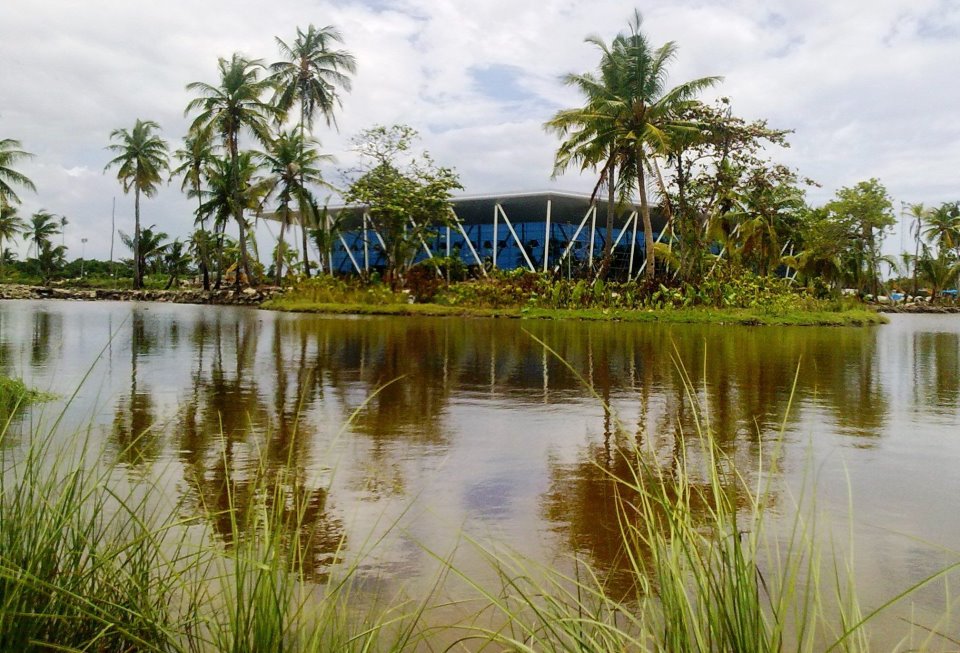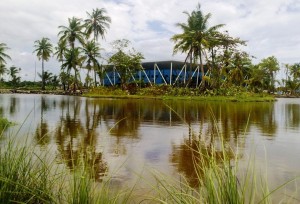

By Shahzadi Tooba Syed
The most recent trend in the world is to link nations into regions and the regions with the rest of the world. This could be seen in the establishment of the regional blocs and initiation of preferential trade policies. Whether it is the European Union (EU), Association of South East Nations (ASEAN) or North America Free Trade Area (NAFTA), no country is willing to limit their economic activities. The emergence of regional bloc and efforts being made to make them successful has become the need of the time.
The South Asian Association for Regional Cooperation (SAARC) is basically perceived as an economic grouping to work together for accelerating the pace of cultural, social and economic development. The objectives of the association (as defined in the SAARC Charter) are: to promote and strengthen the collective self-reliance among the South Asian countries; to contribute towards the development of mutual trust, understanding and appreciation of one another’s problems; to promote the active and mutual assistance in the fields of economic, social, cultural, technical and scientific development; to reinforce the cooperation with other extra-regional developing countries; to build up the cooperation among themselves at the international forums on matters of common and mutual interest; and finally to collaborate with other international and regional organizations possessing similar aims and purposes.
Cooperation among the member countries in the SAARC is based on respect for the principles of political independence, sovereignty, equality, territorial integrity, mutual benefit and noninterference in the internal affairs of the all member states. It is decided in the Charter that all the decisions are taken on the basis of unanimity and all the bilateral and contentious issues are being excluded from the discussions of SAARC.
It is very difficult to achieve these objectives because the basic problem with SAARC’s non influential status is that there are no formal or informal methods or mechanism to prevent the violent conflicts between the member states. As it has been decided in charter of SAARC that all the decisions will be taken on the basis of unanimity and also that Article X, clause 2 of the charter clearly excludes the bilateral and contentious issues from the discussions of the member states at SAARC forum. The charter is a very simple document and it’s only worth is to make the SAARC a legal entity. Hence the regionalism in South Asia is not getting impetus.
The people of South Asian region are also attempting to share their experiences in addressing their common problems through SAARC. The eight member nations that comprise the SAARC, are bounded by geographical contiguity common border (except Afghanistan) common culture, ethnic and religious ties but are plagued by political differences that come in the way of speedy development of SAARC.
The ‘nuclear generation’ of South Asia is unable to understand the effectiveness of SAARC. The need to have a conflict management mechanism through cooperation is clearly obvious from the chronic bilateral conflicts but the problem is that the commitment is lacking and therefore there is no single agreement among the member states on the point that what should be the guiding force of cooperation.
Shahzadi Tooba Syed is a researcher at the Strategic Vision Institute




